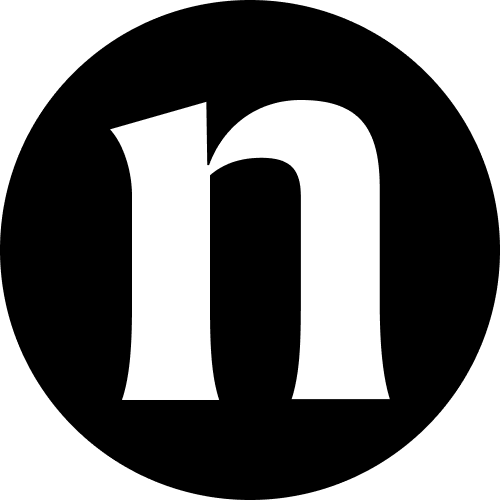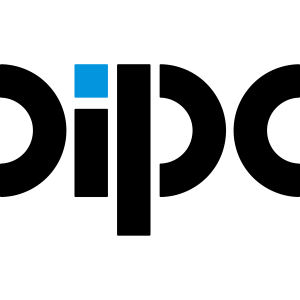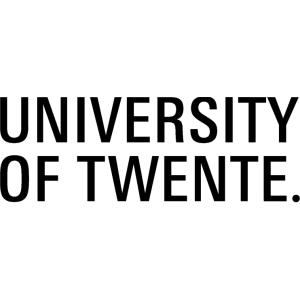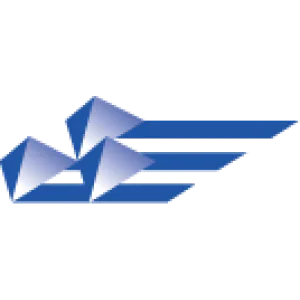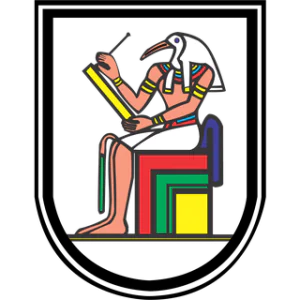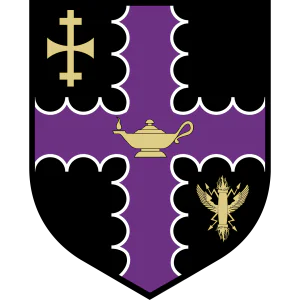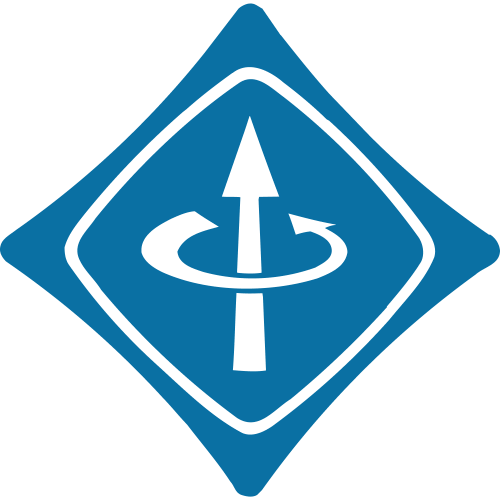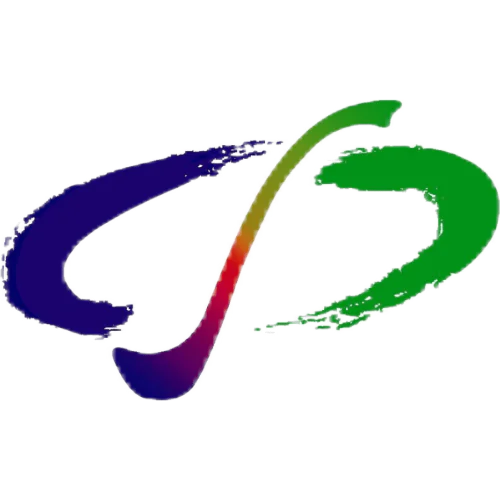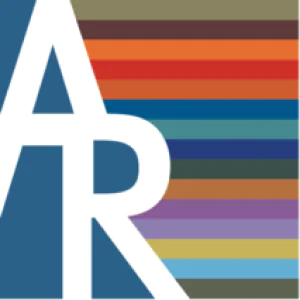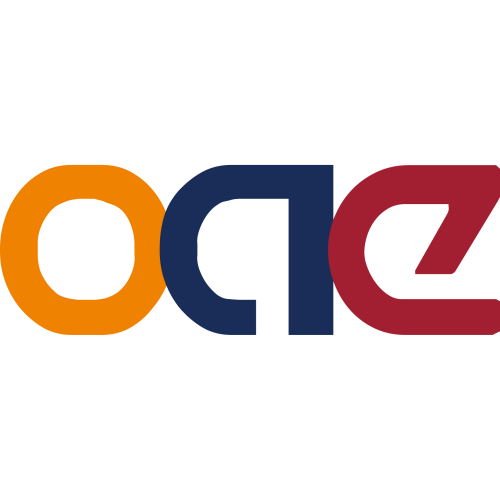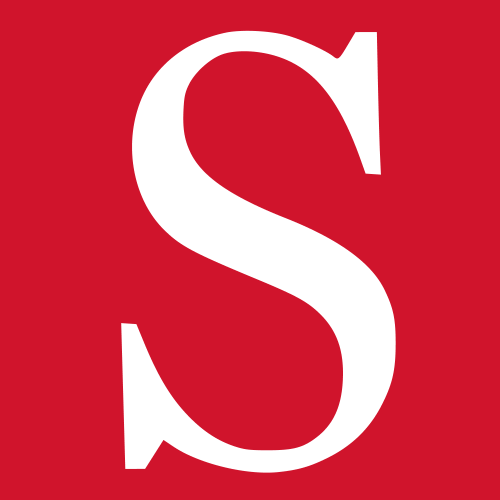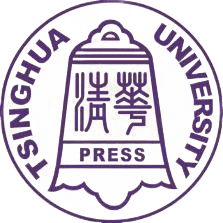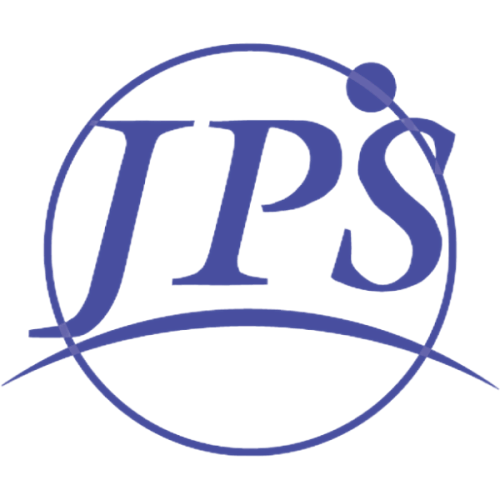Field-free superconducting diode effect in noncentrosymmetric superconductor/ferromagnet multilayers
Hideki Narita
1
,
Jun ISHIZUKA
2
,
Ryo Kawarazaki
1
,
Daisuke Kan
1, 3
,
Y. Shiota
1, 3
,
T. Moriyama
1, 3
,
Yuichi Shimakawa
1, 3
,
Alexey V Ognev
4
,
Youichi Yanase
5, 6
,
Toshimi OHNO
1, 3, 4, 7
Publication type: Journal Article
Publication date: 2022-06-30
scimago Q1
wos Q1
SJR: 14.612
CiteScore: 62.2
Impact factor: 34.9
ISSN: 17483387, 17483395
PubMed ID:
35773423
Atomic and Molecular Physics, and Optics
Condensed Matter Physics
General Materials Science
Electrical and Electronic Engineering
Bioengineering
Biomedical Engineering
Abstract
The diode effect is fundamental to electronic devices and is widely used in rectifiers and a.c.–d.c. converters. At low temperatures, however, conventional semiconductor diodes possess a high resistivity, which yields energy loss and heating during operation. The superconducting diode effect (SDE)1–8, which relies on broken inversion symmetry in a superconductor, may mitigate this obstacle: in one direction, a zero-resistance supercurrent can flow through the diode, but for the opposite direction of current flow, the device enters the normal state with ohmic resistance. The application of a magnetic field can induce SDE in Nb/V/Ta superlattices with a polar structure1,2, in superconducting devices with asymmetric patterning of pinning centres9 or in superconductor/ferromagnet hybrid devices with induced vortices10,11. The need for an external magnetic field limits their practical application. Recently, a field-free SDE was observed in a NbSe2/Nb3Br8/NbSe2 junction; it originates from asymmetric Josephson tunnelling that is induced by the Nb3Br8 barrier and the associated NbSe2/Nb3Br8 interfaces12. Here, we present another implementation of zero-field SDE using noncentrosymmetric [Nb/V/Co/V/Ta]20 multilayers. The magnetic layers provide the necessary symmetry breaking, and we can tune the SDE by adjusting the structural parameters, such as the constituent elements, film thickness, stacking order and number of repetitions. We control the polarity of the SDE through the magnetization direction of the ferromagnetic layers. Artificially stacked structures13–18, such as the one used in this work, are of particular interest as they are compatible with microfabrication techniques and can be integrated with devices such as Josephson junctions19–22. Energy-loss-free SDEs as presented in this work may therefore enable novel non-volatile memories and logic circuits with ultralow power consumption. Superconducting diodes, which can operate without dissipation losses at low temperature, usually require a magnetic field to function. A well-designed multilayer device now shows a reversible, non-volatile superconducting diode effect.
Found
Nothing found, try to update filter.
Found
Nothing found, try to update filter.
Top-30
Journals
|
5
10
15
20
25
30
35
40
|
|
|
Physical Review B
38 publications, 30.65%
|
|
|
Nature Communications
9 publications, 7.26%
|
|
|
Physical Review Letters
8 publications, 6.45%
|
|
|
Communications Physics
8 publications, 6.45%
|
|
|
Physical Review Applied
7 publications, 5.65%
|
|
|
Advanced Materials
6 publications, 4.84%
|
|
|
Nano Letters
4 publications, 3.23%
|
|
|
ACS Nano
3 publications, 2.42%
|
|
|
Physical Review Research
3 publications, 2.42%
|
|
|
Nature Physics
2 publications, 1.61%
|
|
|
Advanced Functional Materials
2 publications, 1.61%
|
|
|
Journal of the Magnetics Society of Japan
2 publications, 1.61%
|
|
|
Nature Electronics
2 publications, 1.61%
|
|
|
Nature
1 publication, 0.81%
|
|
|
Journal of Applied Physics
1 publication, 0.81%
|
|
|
IEEE Transactions on Applied Superconductivity
1 publication, 0.81%
|
|
|
Acta Physica Sinica
1 publication, 0.81%
|
|
|
Journal of Physical Chemistry Letters
1 publication, 0.81%
|
|
|
Nature Reviews Physics
1 publication, 0.81%
|
|
|
CrystEngComm
1 publication, 0.81%
|
|
|
Physica Scripta
1 publication, 0.81%
|
|
|
Nature Materials
1 publication, 0.81%
|
|
|
JETP Letters
1 publication, 0.81%
|
|
|
2D Materials
1 publication, 0.81%
|
|
|
Journal of Surface Investigation
1 publication, 0.81%
|
|
|
Quantum Frontiers
1 publication, 0.81%
|
|
|
Annual Review of Condensed Matter Physics
1 publication, 0.81%
|
|
|
Advanced Electronic Materials
1 publication, 0.81%
|
|
|
Microstructures
1 publication, 0.81%
|
|
|
Advanced Quantum Technologies
1 publication, 0.81%
|
|
|
5
10
15
20
25
30
35
40
|
Publishers
|
10
20
30
40
50
60
|
|
|
American Physical Society (APS)
56 publications, 45.16%
|
|
|
Springer Nature
25 publications, 20.16%
|
|
|
Wiley
11 publications, 8.87%
|
|
|
American Chemical Society (ACS)
9 publications, 7.26%
|
|
|
AIP Publishing
4 publications, 3.23%
|
|
|
IOP Publishing
4 publications, 3.23%
|
|
|
Royal Society of Chemistry (RSC)
2 publications, 1.61%
|
|
|
Pleiades Publishing
2 publications, 1.61%
|
|
|
The Magnetics Society of Japan
2 publications, 1.61%
|
|
|
Elsevier
2 publications, 1.61%
|
|
|
Institute of Electrical and Electronics Engineers (IEEE)
1 publication, 0.81%
|
|
|
Acta Physica Sinica, Chinese Physical Society and Institute of Physics, Chinese Academy of Sciences
1 publication, 0.81%
|
|
|
Annual Reviews
1 publication, 0.81%
|
|
|
OAE Publishing Inc.
1 publication, 0.81%
|
|
|
American Association for the Advancement of Science (AAAS)
1 publication, 0.81%
|
|
|
Tsinghua University Press
1 publication, 0.81%
|
|
|
Physical Society of Japan
1 publication, 0.81%
|
|
|
10
20
30
40
50
60
|
- We do not take into account publications without a DOI.
- Statistics recalculated weekly.
Are you a researcher?
Create a profile to get free access to personal recommendations for colleagues and new articles.
Metrics
124
Total citations:
124
Citations from 2024:
90
(72.58%)
Cite this
GOST |
RIS |
BibTex |
MLA
Cite this
GOST
Copy
Narita H. et al. Field-free superconducting diode effect in noncentrosymmetric superconductor/ferromagnet multilayers // Nature Nanotechnology. 2022. Vol. 17. No. 8. pp. 823-828.
GOST all authors (up to 50)
Copy
Narita H., ISHIZUKA J., Kawarazaki R., Kan D., Shiota Y., Moriyama T., Shimakawa Y., Ognev A. V., Samardak A. S., Yanase Y., OHNO T. Field-free superconducting diode effect in noncentrosymmetric superconductor/ferromagnet multilayers // Nature Nanotechnology. 2022. Vol. 17. No. 8. pp. 823-828.
Cite this
RIS
Copy
TY - JOUR
DO - 10.1038/s41565-022-01159-4
UR - https://doi.org/10.1038/s41565-022-01159-4
TI - Field-free superconducting diode effect in noncentrosymmetric superconductor/ferromagnet multilayers
T2 - Nature Nanotechnology
AU - Narita, Hideki
AU - ISHIZUKA, Jun
AU - Kawarazaki, Ryo
AU - Kan, Daisuke
AU - Shiota, Y.
AU - Moriyama, T.
AU - Shimakawa, Yuichi
AU - Ognev, Alexey V
AU - Samardak, Alexander S
AU - Yanase, Youichi
AU - OHNO, Toshimi
PY - 2022
DA - 2022/06/30
PB - Springer Nature
SP - 823-828
IS - 8
VL - 17
PMID - 35773423
SN - 1748-3387
SN - 1748-3395
ER -
Cite this
BibTex (up to 50 authors)
Copy
@article{2022_Narita,
author = {Hideki Narita and Jun ISHIZUKA and Ryo Kawarazaki and Daisuke Kan and Y. Shiota and T. Moriyama and Yuichi Shimakawa and Alexey V Ognev and Alexander S Samardak and Youichi Yanase and Toshimi OHNO},
title = {Field-free superconducting diode effect in noncentrosymmetric superconductor/ferromagnet multilayers},
journal = {Nature Nanotechnology},
year = {2022},
volume = {17},
publisher = {Springer Nature},
month = {jun},
url = {https://doi.org/10.1038/s41565-022-01159-4},
number = {8},
pages = {823--828},
doi = {10.1038/s41565-022-01159-4}
}
Cite this
MLA
Copy
Narita, Hideki, et al. “Field-free superconducting diode effect in noncentrosymmetric superconductor/ferromagnet multilayers.” Nature Nanotechnology, vol. 17, no. 8, Jun. 2022, pp. 823-828. https://doi.org/10.1038/s41565-022-01159-4.
